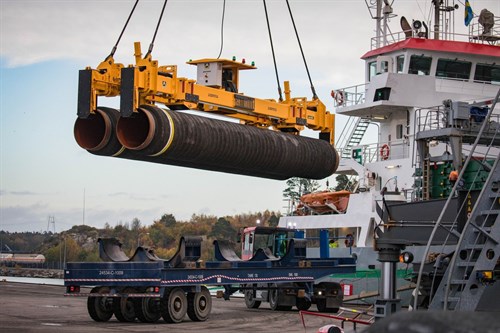
Throughout the Plio-Pleistocene, a vast volume of material was eroded from the rapidly uplifting Southern Alps, on New Zealand’s South Island, and delivered to the coast by river networks. The unstable sediment piles, perched precariously at the interface between the Pacific and Australian plates, inevitably then collapsed in catastrophic fashion several times over. These key questions and issues are currently being addressed by a trans-Tasman team of researchers, including us, from Australia and New Zealand under the Silent Tsunami project (officially named Assessing Risk of Silent Tsunami in the Tasman Sea/Te Tai-o-Rēhua), which began in 2021. This data gap exists largely because of a lack of research into underwater landslide return rates (a statistical measure of how often these events are likely to recur) and tsunamigenic mechanisms, as well as of uncertainties introduced by errors in available dating methods and the difficulty and expense of obtaining samples. Get the most fascinating science news stories of the week in your inbox every Friday.Ĭan scientists use these landslide deposits to derive credible indications of past tsunamis? If so, how can we assess the modern potential for hazardous tsunamis based only on these ancient, buried remnants? Underwater landslides are not comprehensively included as tsunami sources in New Zealand’s hazard assessments. With a volume of about 3,700 cubic kilometers, this landslide was bigger than the famous tsunamigenic Storegga Slide, which involved massive collapses of the continental shelf off the coast of Norway roughly 8,200 years ago. The most recent, thought to have occurred about 1 million years ago, is the largest documented landslide in New Zealand, covering more than 22,000 square kilometers-an area larger than Wales. In the past few decades, evidence of six giant underwater landslides dating from the Plio-Pleistocene has been discovered beneath the modern seafloor in the eastern Tasman Sea (Figure 1). The outline of the most recent giant landslide from the Pleistocene is also shown and is overlain by the ship track from the TAN2111 voyage in October 2021.

The study area of the Silent Tsunami project is shown here, along with seafloor bathymetry and existing seismic reflection data. However, New Zealand is surrounded by steep and, in some cases, tectonically active submarine slopes, where landslides can occur.įig. This tumultuous history is surprising considering that western New Zealand is not especially exposed to subduction zone processes and their associated seismic activity such exposure is often the main indicator of how vulnerable a coastline is to a tsunami. These tsunamis likely originated near New Zealand’s western coast and traveled more than 2,000 kilometers to also affect Australia, yet intriguingly, there is little easily observable evidence of these events.
#Cubic kilometre series
The Tasman Sea, located between Australia and New Zealand and known for its notorious storms amid the “roaring forties” latitudes, may have witnessed a series of devastating tsunamis during the past 5 million years (i.e., in the Pliocene and Pleistocene, or Plio-Pleistocene, epochs). However, several recent tsunamis have been attributed to other sources on which less research has been done, including underwater landslides, as in the case of the Palu, Indonesia, event in 2018, and volcanic eruptions in the case of the tsunami originating from Hunga Tonga–Hunga Ha’apai in early 2022. Consequently, coseismic tsunamis have drawn most of the focus from researchers and hazard planners. Tsunamis are dangerous natural hazards and are most often caused by earthquakes. Studying past tsunami events, for example, is an important part of better understanding the diverse and complex mechanisms of tsunami generation and for improving natural hazard assessments. Understanding and learning from historical events inform our preparedness for and increase resilience against future disasters. This whakataukī (proverb) represents a New Zealand Māori perspective that has much in common with the way Earth scientists study natural hazards.

“ Ka mua, ka muri.” We walk backward into the future, with our eyes on the past.


 0 kommentar(er)
0 kommentar(er)
